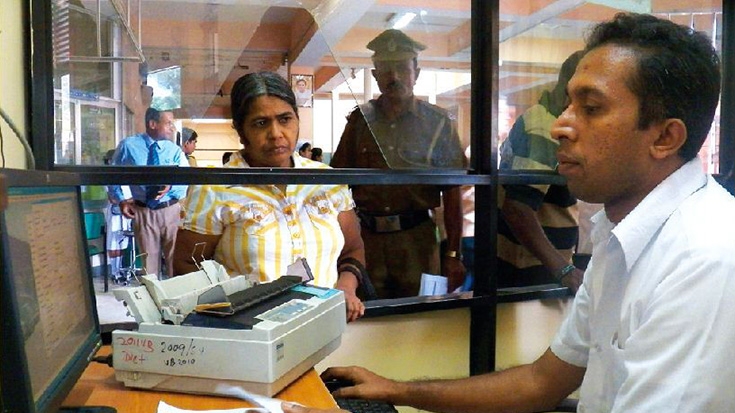Sri Lankan Public Health Sector
The Sri Lankan public health sector accounts for almost 90-95% of all inpatient admissions, 50-60% of all outpatient consultations, and almost the entire provision of preventive healthcare in the country.
Sri Lanka’s paper-based state hospital information system was instituted at the beginning of the last century and has since then evolved and expanded in scope. The recording and transferring of all health related data into the public health domain is done manually.
The Challenge
Many health facilities lack adequate numbers staff to engage in data entry work. In addition, computers, physical storage facilities and internet connectivity are unavailable in most medical record rooms. Only a few health facilities produce periodic hospital statistics bulletins.
“It is encouraging to note the commitment and dedication of some health facilities to learn and adopt the new system” said Dr. Champika Wickramasinghe, Acting Senior Assistant Secretary of Medical Services and Director Health Information in the Ministry of Health. “Very soon we hope to reach all 624 hospitals and have an upgraded system with more committed staff to make this process a success” she emphasized.
The Response
“125 out of 624 hospitals island-wide have already adopted the online system after a basic training for hospital based Medical Record Officers” said Dr. Buddika Dayaratne, Medical Officer Health Informatics, Medical Statistics Unit, Ministry of Health. “This system will reduce repeated data entry and will capture data in a timely manner so that we can provide a better service in making accurate health information available for policy makers and public,” he further stated.
The National Health Development Plan (NHDP) aims to modernize the Health Management Information System (HMIS) in the country in line with the country’s overall vision of developing Sri Lanka into a ‘knowledge economy’ leveraging e-governance and information and communication technologies. By end of 2018, it is expected that majority (more than 80%) of the state health facilities will be reporting in-patient information through an electronic recording system.

